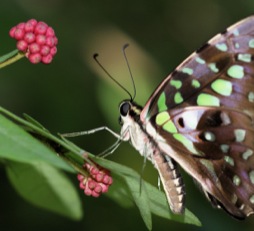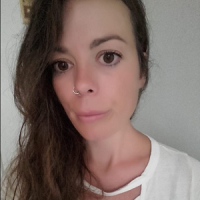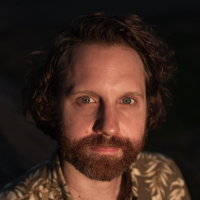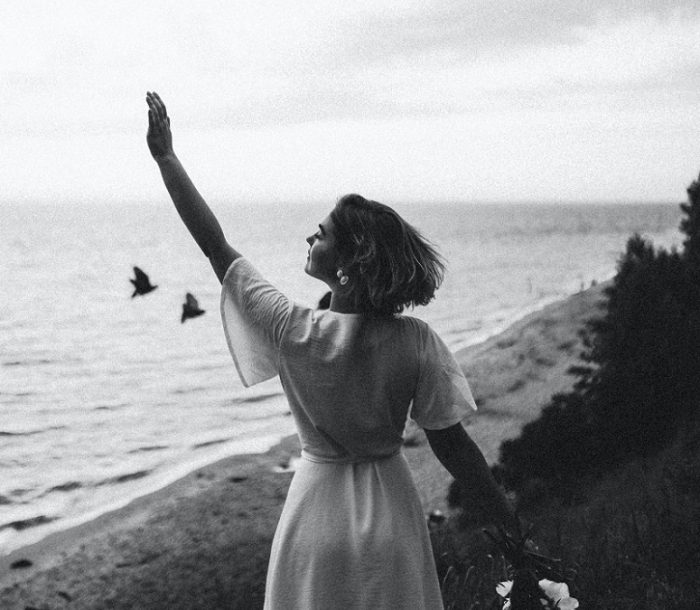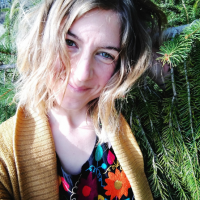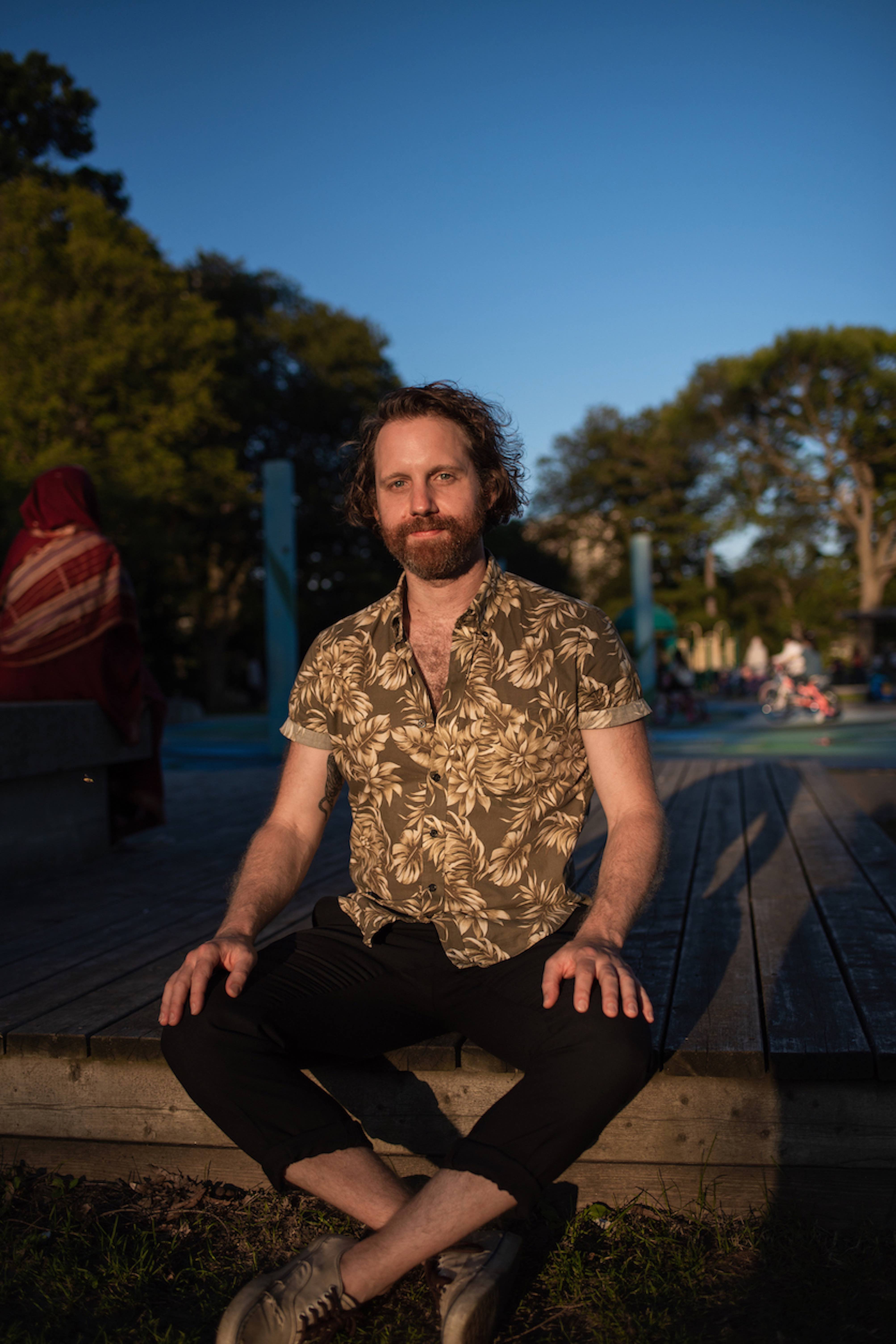
*Warning: f-bombs ahead!
~
Four years ago, I showed up at Namo Buddha monastery in Nepal after a hedonistic stint in Otres Village, Cambodia.
My original plan had been to work on a novel in Cambodia, but I’d spilled a cocktail on my laptop DJing a pool party, and by the time it was fixed, I was absorbed in the drama of the chaotic coastal scene.
The monks of Namo Buddha were on holiday when I arrived and daily meditation had halted; the young students listened to Justin Bieber on smartphones and played ping pong on a dilapidated table with bricks serving as a net.
At the monastery, I subsisted on dal baht, butter tea, and uncooked doughy tubes. I hung out at a nearby tourist resort, drank cappuccinos, and worked on my manuscript. I did not meditate once.
I mostly played ping pong with the young monks and obsessively checked my email, hoping for a message from a woman I’d been seeing in Cambodia. Once, walking back to the teepee she lived in, she’d asked me if I ever boxed with my own shadow. Baffled by the question, I told her I did not.
Three months later, after wandering around Europe in a haze, I returned home to Toronto via Munich, convinced that the trip had been a failure. I felt like my own personal shadow monster had boxed me into a corner and broken my ribs.
By the following summer, I’d centered myself and gotten my act together. I had plenty of work and a healthy social life; I was writing and meditating almost every day.
In the midst of all this enviable progress, my mind descended into a spiral of anxiety—a sustained form of torture that lasted several months. It got so bad that I was obliged to confess to my family and friends that I was falling apart. I told my doctor it felt like a looming beast was going to tear me to shreds every waking moment of the day. He prescribed a benzodiazepine to calm me down. The drug worked, but it left me feeling fuzzy.
In this period, meditation was not possible because my mind would show me horror reels when I shut my eyes. However, between talk therapy and a particularly enlightening LSD trip at Christmastime, I was able to gain some insight into my quandary.
I was having trouble adjusting to a prosperous phase: as the external circumstances of my life grew favourable, my inner world grew morose and terrifying. An elemental force was clamping down, reflexively trying to save me from the occasional failures that are a natural by-product of striving to succeed. In a cruel twist, the mechanism that was trying to protect me was hurting me worse than anything.
In the new year (2018), I signed up for a 10-day meditation course scheduled for the start of May at a Vipassana centre in Egbert, Ontario, 45 minutes north of my home.
I was completely sober through January and weaned off the anti-anxiety meds. By April, the perpetual panic had softened, but I couldn’t say I was thriving. The shadow monster was at bay, but just barely.
I arrived at the centre on May 4th. At dinner, before noble silence was imposed, I sat across from a friendly man who’d taken the course before. I told him I liked LSD and he said a lot of people in the course probably shared my predilection, that many serious meditators were basically psychonauts—explorers concerned with the paths and textures of their own minds. He said the 10 days was a lot like a drug trip in slow motion:
“People tend to go in cocky, but that wears off after a bit,” he said. “Things get dark and uncomfortable for a couple days, then toward the end everything starts to feel light—you feel sort of high.”
The first chunk of the course simply involves awareness of the breath; for those expecting mysticism and quick results, it is undoubtedly a letdown. Every evening, the late S.N. Goenka is projected onto a wall to deliver a discourse.
At the end of day two, when the ghost of Goenka revealed that we’d stay with the breath through day three, a fellow meditator lowered his head into his hands in an unmistakable gesture of despair. The next day, he was gone.
For my own part, I’d assumed that the three days of breathing would chill me out and lay the ground for blissful revelations, but this was not the case. My sleep, which had already been poor, worsened in the first days of the course, and on the third night, I experienced a full-blown insomnia-fueled attack by a barrage of disturbing mental reels.
By the fourth day, I was a wreck. It looked like someone had drawn crow’s feet under my eyes, and it occurred to me that I might need to leave.
In morning meditation, I had a panic attack. My glands excreted massive amounts of cortisol and sent me into fight-or-flight, as if I were being attacked by wolves. Somehow, I managed to sit through the hour, and while I wasn’t exactly meditating, the fact that I did not run screaming from the hall was significant. Afterward, I retreated quickly to the dormitory where I found the course manager, a gentle, lanky man who wore his hair in a topknot.
I told him I’d had a panic attack, that I was terrified, and that I was going to take some medication. I said I might need to go home. He told me he’d get me in to see the teacher and comforted me. I went to my room, popped a pill, and cried super hard.
At my interview, the teacher—a man named Jacob with cropped hair, a light goatee, and a bit of a Buddha belly—reassured me. He said that the three days of breathing meditation often coaxed strong feelings to the surface. He made an analogy between the simmering water you need to cook dry beans and the intensity you need to fuel Vipassana meditation. I had no idea you could cook beans and the image was lost on me.
“You’ll have to deal with these monsters eventually,” he said. “Better to stay and fight.”
Directly following the interview, I learned Goenka’s Vipassana technique, wherein meditators guide their awareness through each individual part of the body. At first, you feel “coarse” sensations such as pain, heat, cold, numbness, but as you practice more and more, you start to discover finer “subtle” sensations throughout your body that arise and pass away almost instantaneously. As your mind plunges over and over again into the various regions of your body, recordings of Goenka continuously encourage you to keep two principles in mind: equanimity and impermanence.
Honing in on the subtler sensations comes naturally to precisely no one—not even the Buddha.
I felt like I was trying to solve a Rubik’s cube with a pack of hungry wolves running at me from a distance. The medication made it so the wolves were running from twice as far, but solving the Rubik’s cube was harder, because the meds also made me sluggish.
After a couple days, I managed to wean off the drugs. I felt like a failure for having to medicate at a meditation retreat. The perceived weaknesses bolstered a sense that I was worse than everyone else, and that I was never going to learn the technique.
On the morning of day seven, when Goenka suggested we might be experiencing free-flowing subtle sensations throughout our entire bodies, I figured it was time to throw in the towel. I had another mild panic attack and lashed out, spraying bad vibes through the hall. This is fucking bullshit, I thought. There’s no way this is real. I scheduled another interview with Jacob, determined to tender my resignation.
“I feel incredibly negative and irritable,” I told Jacob at the interview. “I don’t think I should be here right now.” His face fell and he had this look like, I’ve heard this a thousand fucking times.
“People think you have to be calm and relaxed to meditate,” he said. “That’s not the case. It’s like people who lift weights,” he employed a fresh metaphor. “Part of what they like is the burn, the soreness that goes along with it. In meditation, those painful feelings are the burn. It hurts at first, but eventually you get used to it, start to like it, even.”
The trouble with a meditator’s first 10-day, he went on to say, is that the burn can be alarmingly painful.
“You can’t learn the technique over here,” he said, gesturing to one side, “and then turn around and apply it to your suffering. You have to pick it up on the fly.”
I sat down for afternoon meditation feeling pumped up from the pep talk. As the lights went down, the usual suspects started crowding in to pummel me.
I didn’t feel a free-flow of subtle sensations through my entire body, but I discovered tingling rivulets coursing gently through my legs, neck, and face. I observed the rivulets through the lens of impermanence and equanimity, and something clicked: the wolves scattered.
Emboldened, I continued scanning—it was like the first time you stand up on a surfboard without wiping out. Every once in a while, my mind would conjure a disturbing thought in its signature style, but these thoughts elicited no powerful reaction—I kept my balance.
Afterward, lying in a small gazebo that housed a bell from Myanmar, flecks of light floated in and out my vision, igniting a childlike glee. When I sat up, the tall pine trees swaying in the wind caused a tender stir in my chest. On the walking path in the forest, the ground sparkled and undulated, reconstituting itself moment to moment.
Impermanence was not an abstract notion; it was happening all around me. The heaviness lifted and the high began.
That night, on my post-discourse evening constitutional, I was in fully Rocky Balboa mode, punching the air and skipping lightly on the balls of my feet. To a passive onlooker, it would have appeared that I was joyfully shadowboxing.
The next morning, I was actually excited for group meditation.
I’d been off of caffeine because of the anxiety, but I treated myself to a cup of instant coffee at breakfast. The coffee went down and I started getting chills; my body palpitated in random places. Stretching before the session, I started shaking uncontrollably. I grew worried I wasn’t going to be able to sit for an hour, that I was going to have a seizure or vomit.
When the lights went down, I exploded from head to toe. My mind tuned in to the macro fluctuations of the universe and the micro fluctuations within my body—it all followed the same pattern. The illusory barrier between the external world and my internal world was temporarily destroyed.
When I exited the building, suppressing laughter of disbelief, it felt as though I’d brewed a hit of LSD inside my body. I stumbled into the woods, lay down on the porch of a cabin, and watched in awe as cotton candy clouds raced through the clear blue sky.
The sessions described above proved to be anomalous and the remainder of the course was extremely mild by comparison. However, discovering Goenka’s Vipassana technique gave me a clearer understanding of the benefits of meditation and how those benefits relate to me.
While I haven’t been able to come remotely close to that intensity again, those particular sittings have stayed with me as a taste of where meditation can take us at a deeper level.
Developing a practical tool to combat severe, life-ruining anxiety from scratch is perhaps the most meaningful experience I’ve ever had. There is no other method—save perhaps the navigation of a successful psychedelic drug trip—by which you can actively convert your sorrow into joy.
Human anguish, like frozen yoghurt, comes in an overwhelming number of flavours and combinations, and each of us has to deal with our own unique, scary-as-fuck monsters from time to time, whether or not we want to admit it.
I won’t try and preach that everyone in the world could perfect themselves with meditation, because I don’t believe it’s true, but I suspect that whatever your monsters look like, they could be rendered at least a smidge cuddlier if you gave it a shot.
For me, the act of turning to face my own shadow and rolling around in the dirt with it has had countless benefits, the topmost being that when I get anxious now it doesn’t rattle me as much. Because my intermittent fears no longer perpetuate themselves so aggressively, I can engage with the world more fully, with an open heart.
In the hamlet of Egbert, Ontario, I learned that it is fundamentally impossible to outrun your own shadow, and also that you don’t have to go all the way to Nepal to learn how to meditate.
~
